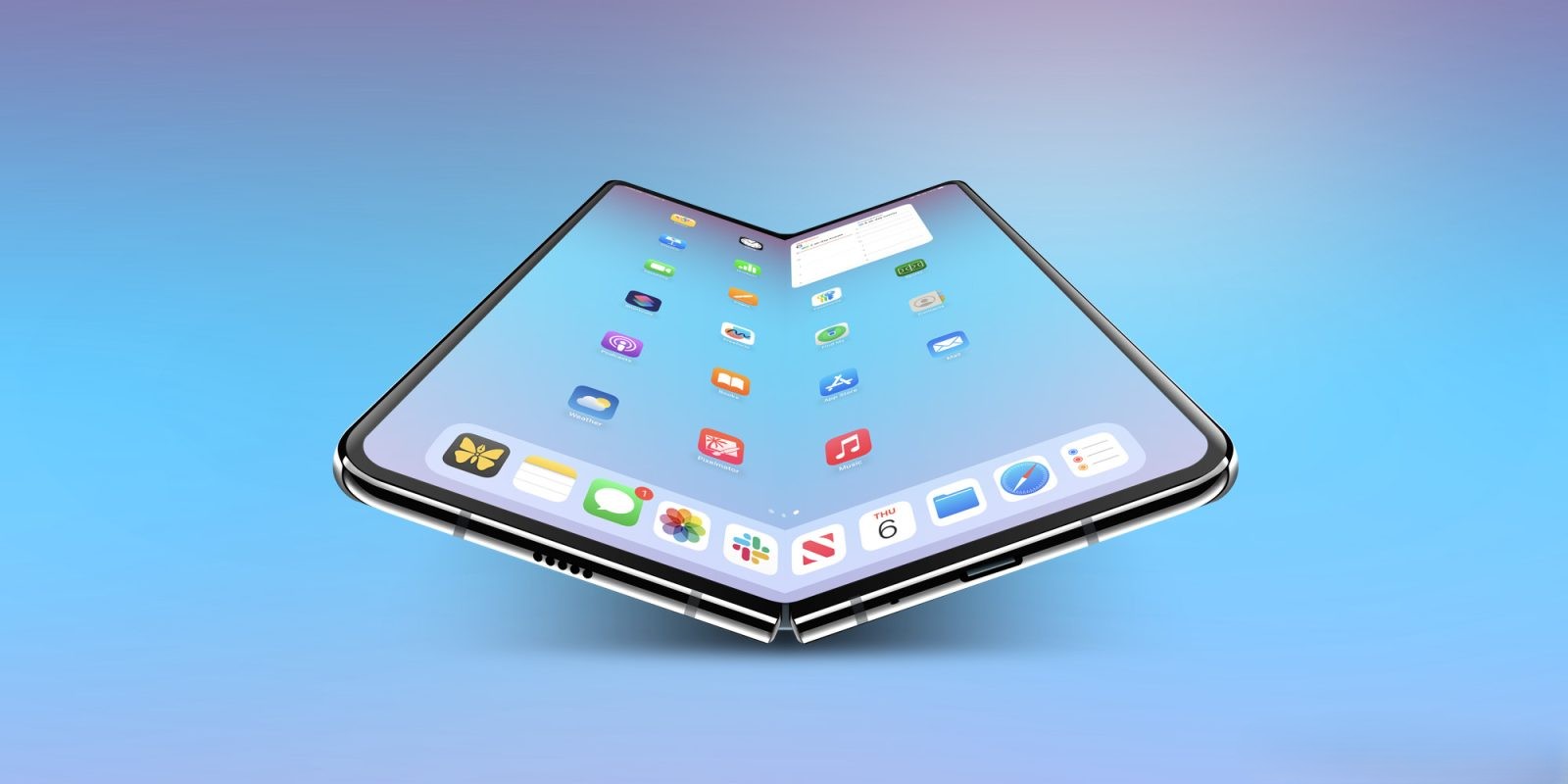In a significant development for the tech industry, the European Union has officially confirmed that Apple is permitted to create an iPhone model without a USB-C port. This decision opens the door for Apple to innovate further by potentially developing a portless iPhone, a concept that has been circulating in tech circles for some time. The ruling came after the EU’s extensive deliberations on standardizing charging ports across various electronic devices to reduce electronic waste.
The EU’s decision stems from its broader legislative initiative aimed at improving sustainability within the tech industry. By mandating universal charging solutions, the EU hopes to minimize the environmental impact of electronic waste and simplify the consumer experience. However, the ruling also acknowledges the potential for technological advancement beyond current standards, allowing companies like Apple to explore new avenues for innovation.
Apple’s history of innovation is well-documented, with the company often leading the charge in adopting and setting new technological trends. The possibility of a portless iPhone aligns with Apple’s vision of creating sleek, minimalist designs that prioritize wireless technology and integration. A portless iPhone would rely on advancements in wireless charging and data transfer technologies, areas where Apple has already made significant strides.
The decision not to require a USB-C port in future iPhones could accelerate Apple’s development of wireless solutions. Wireless charging has been around for several years, but widespread adoption has been slow due to various limitations, including slower charging speeds and the need for compatible accessories. Apple’s MagSafe technology, introduced with the iPhone 12, has been a step towards addressing these challenges by improving the efficiency and convenience of wireless charging.
In addition to wireless charging, a portless iPhone would necessitate robust wireless data transfer capabilities. Apple has already begun moving in this direction with features like AirDrop and iCloud, which allow for seamless wireless data exchange and storage. These technologies could be further developed to support the needs of a portless iPhone, ensuring users have a reliable and fast means of transferring data without physical connections.
The potential shift to a portless design could also influence other smartphone manufacturers. Apple’s design choices have historically set precedents that others in the industry follow, and a successful transition to a portless iPhone could spark a broader trend towards wireless-only devices. This would align with the EU’s goals of reducing electronic waste by eliminating the need for multiple cables and connectors.
However, the development of a portless iPhone is not without its challenges. Critics point out that wireless technologies are not yet on par with wired connections in terms of speed and reliability. Additionally, the transition to a portless device could pose compatibility issues with existing accessories, requiring consumers to invest in new hardware.
To address these concerns, Apple would need to ensure that wireless charging and data transfer technologies can match or exceed the performance of traditional wired solutions. This would likely involve significant investment in research and development to push the boundaries of current wireless capabilities.
Moreover, there are considerations regarding consumer acceptance. While some users may welcome the convenience and futuristic appeal of a portless iPhone, others may be resistant to change, particularly if it means replacing existing accessories. Apple would need to carefully manage the transition, possibly offering incentives or support to ease the shift for consumers.
The EU’s confirmation that Apple can pursue a portless iPhone represents a pivotal moment in the evolution of smartphone technology. As Apple explores this possibility, the tech industry will be watching closely to see how the company addresses the technical and consumer challenges associated with such a significant design change. If successful, a portless iPhone could redefine industry standards and lead the way towards a more sustainable and wire-free future.



